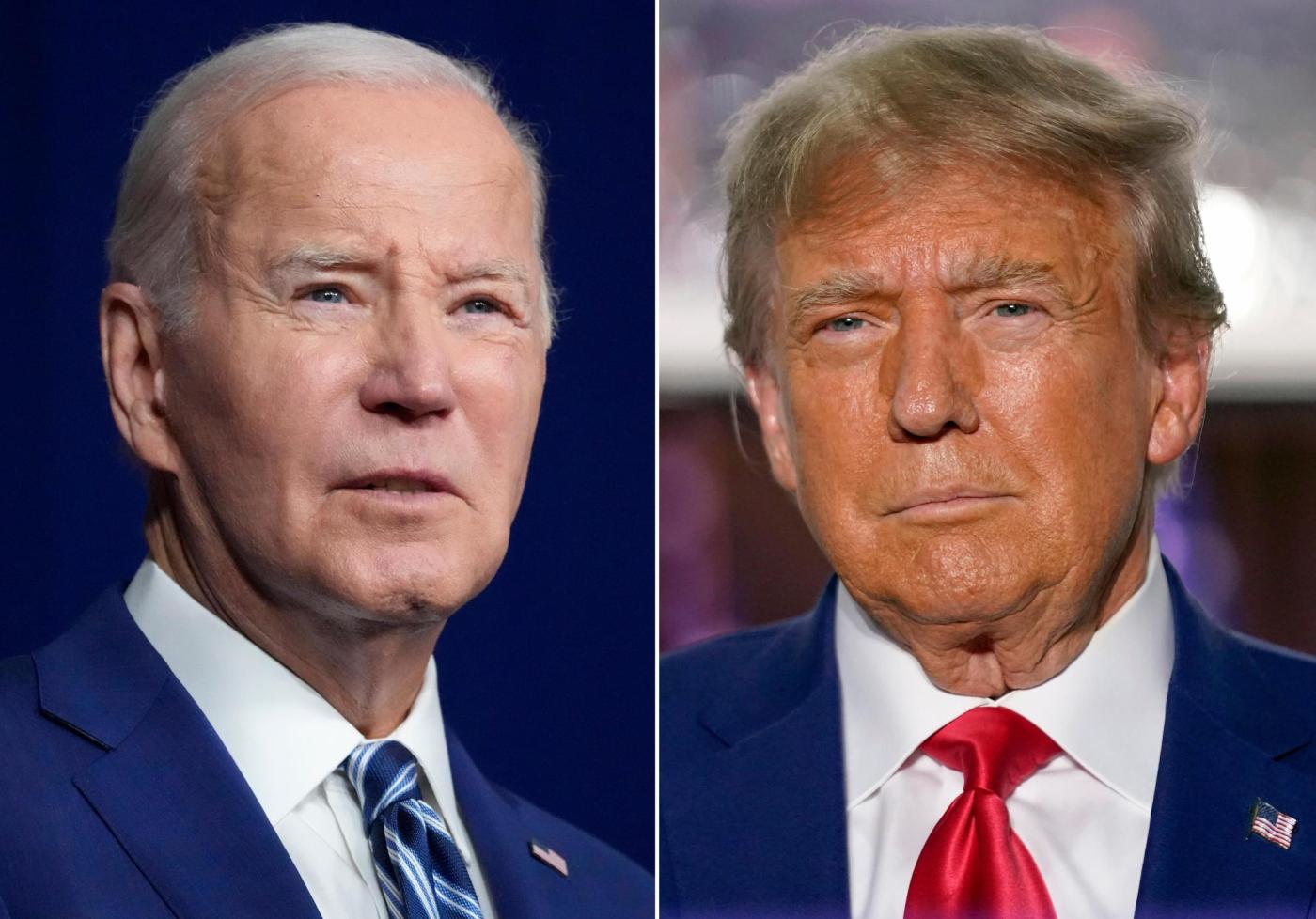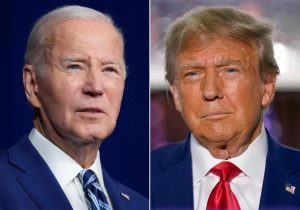
Biden and Trump are now their parties’ presumptive nominees. What does that mean?
By Meg Kinnard Associated Press
COLUMBIA, S.C. (AP) — President Joe Biden and former President Donald Trump have officially secured the requisite numbers of delegates to be considered their parties’ presumptive nominees.
It was a foreseeable outcome. Biden faced token opposition in the Democratic primary. Several high-profile Republicans ran against Trump but didn’t come close to knocking him off course in his third straight Republican bid.
Here is a look at what that means, what’s changed, and what still needs to happen before Biden and Trump can drop “presumptive” and just be their parties’ official standard-bearers:
‘Presumptive nominee:’ What does it mean?
The Associated Press only uses the “presumptive nominee” designation once a candidate has captured the number of delegates needed to win a majority vote at the national party convention this summer. For Republicans, that number this year is 1.215. On the Democratic side of things, it’s 1,968.
The marker essentially ends the presidential primary season, though both Biden and Trump have been largely focusing their energies on each other for months already.
Do the political parties function any differently?
Sort of.
Generally, the national Democratic and Republican parties start coordinating directly with their presumptive nominees once their status is clear, although there have been some exceptions.
Related Articles
House lawmakers pass TikTok ban, Biden says he’ll sign; fate in Senate uncertain
Judge dismisses some charges against Trump in the Georgia 2020 election interference case
US has its first presidential rematch since 1956, and other facts about the Biden-Trump sequel
Trump wins delegates needed to become GOP’s presumptive nominee for third straight election
Hitler was a bad guy, Biden camp says in response to reports Trump said otherwise
Last week, the Republican National Committee ushered in new leadership handpicked by Trump, in the form of a new chairman, co-chair and party chief of staff. Trump’s installed leaders then moved to fire dozens of RNC staff.
After Trump won both the Iowa caucuses and New Hampshire primary — but still faced GOP opponents — an RNC member who is a longtime Trump ally floated a resolution that would have allowed the party to consider him its “presumptive nominee” and allowed some of that coordination earlier.
Trump actually spoke out against the measure — although he said it likely would have succeeded — which was ultimately withdrawn.
As for the Democratic National Committee, Biden is the de facto leader of the party, although any official leadership changes have to go through structured channels. During the 2020 campaign, the DNC shuffled its leadership and entered into a joint fundraising agreement with Biden in April, even though the candidate didn’t clinch the Democratic nomination until June.
When do presumptive nominees become official?
A presidential candidate doesn’t officially become the Republican or Democratic nominee until winning the vote on the floor of the nominating convention, which takes place this summer. Delegates’ casting of votes is mostly a ceremonial procedure, but it hasn’t always been this way.
Decades ago, presidential candidates might have run in primaries and caucuses, but the eventual nominees weren’t known until delegates and party bosses hashed things out themselves at the conventions.
Meg Kinnard can be reached at http://twitter.com/MegKinnardAP.


